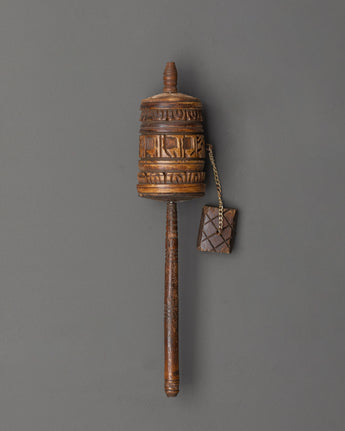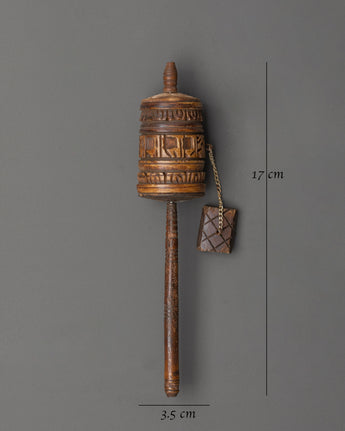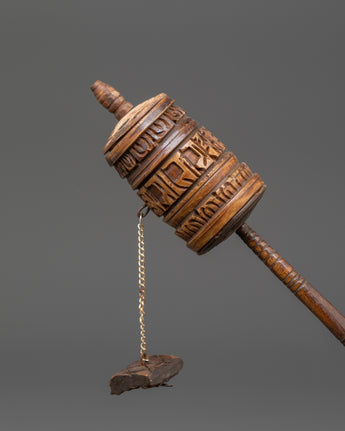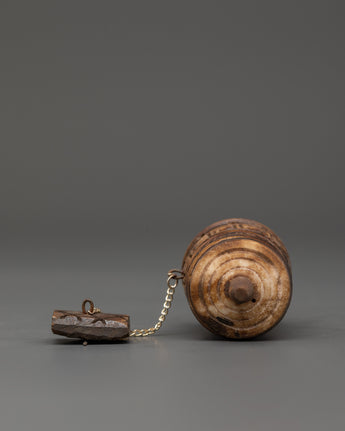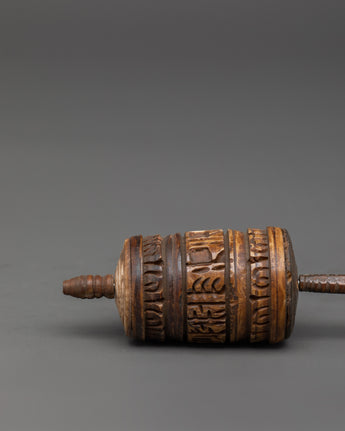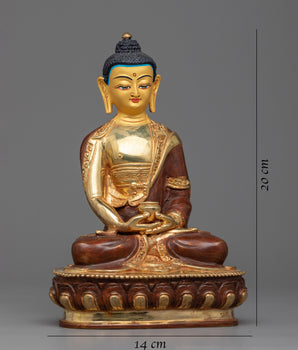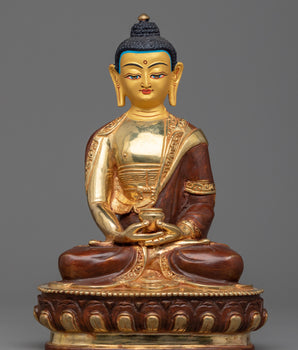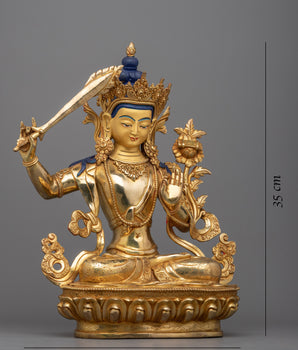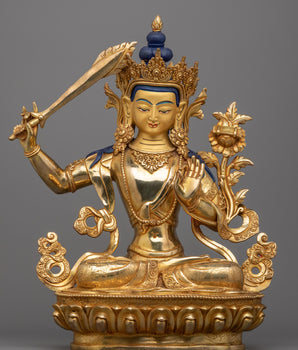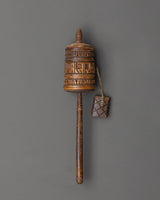
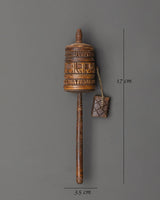
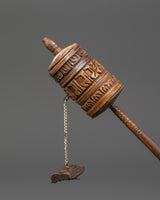
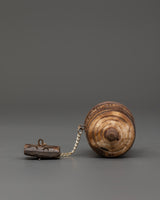
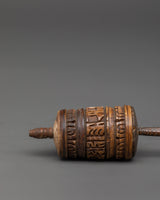

Prayer Wheel Buddhist Handheld Meditation Tool | Mantra Spinner for Spiritual Practice

100% AUTHENTIC

HANDMADE

FREE SHIPPING
Prayer Wheel Buddhist Handheld Meditation Tool | Natural Meditation Accessory
--------------------------------------------------------
Size: 17cm (Height) x 3.5cm (Width)
Weight: 0.066kg
Materials: Ethically Sourced Buffalo Bone
--------------------------------------------------------
About our Prayer Wheel
Embrace the spiritual power of mantra recitation with this Tibetan Prayer Wheel, a precious buddhist handheld meditation tool used in Tibetan Buddhism to invoke blessings. When spun clockwise, the wheel awakens the ancient mantras housed inside, symbolizing compassion and peace for all beings. This prayer wheel serves as both a spiritual companion and a significant item for your sacred space, making it ideal for meditation, altar rites, and spiritual celebrations.
This traditional prayer wheel measures 17 cm in height and 3.5 cm in width, having been meticulously crafted from ethically sourced buffalo bone. Its small size and lightweight design (approximately 0.066 kg) make it ideal for handheld usage during daily practice or as a unique altar addition. The carvings and spinning mechanism represent the rich spiritual tradition of Himalayan artists. They serve as a timeless tool for developing your mantra meditation and aligning your aspirations with compassion and wisdom.
Introduction to Prayer Wheel
A prayer wheel is cylindrical on a spindle and is used in Tibetan Buddhism. It is typically inscribed with the mantra "Om Mani Padme Hum" and rotated by hand as a form of spiritual practice and to accumulate merit. Spinning the wheel is believed to have the same spiritual benefits as verbally reciting the mantra. The use of prayer wheels is widespread in Tibetan Buddhism and has spread to other cultures.
How does the Buddhist Prayer Wheel benefit us?
The benefits associated with rotating the wheel are numerous. It promotes knowledge, compassion, and bodhicitta in the practitioner and improves siddhis (spiritual powers such as clairvoyance, precognition, etc.). The practitioner can repeat the mantra as often as possible while the wheel is rolling, maintaining a calm, meditative attitude. A Tibetan Buddhist tradition holds that after a practice session, one should dedicate any acquired merits to the benefit of all sentient beings. Then three times Om Ah Hum. This is usually among Tibetans after finishing any Buddhist practice, including the prayer wheel exercise.
How do you set up your own Buddhist Shrine?
• Find a clean, quiet, and uncluttered spot
• Set up an altar table and cover it with an altar cloth that calls to you
• Place your sacred item at the center


